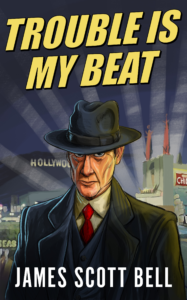 A crash startles you awake. Is it real? Are you dreaming?
A crash startles you awake. Is it real? Are you dreaming?
Glass shatters.
Bolting upright in bed, all the muscles in your back and neck stiffen at once.
Crunch, crunch, crunch. Footsteps through broken glass.
Darkness swallows the bedroom. Even the moon doesn’t dare shine.
A little voice inside your head screams, “Run! Hide!” But you freeze, unsure of what to do or even if this is real. Your neck snaps toward the bedside table.
Through the blackness cherry-red digits blaze 2:00 a.m.
You slide your palm across the silk sheets. A lump. Your spouse is still beside you. You start to exhale but breath catches in your throat. If your spouse in bed, then who—
The bottom tread creaks, echoes off the walls. You reach to shake your spouse awake, but your hand never makes contact. Leaden footsteps grow closer…closer…
A gazillion questions careen through your mind. Why is this happening? You’ve always been so careful to lock the doors and windows at night. How did he get in? What does he want? To kill you? Rob you? Rape you? Or all the above?
Under the covers you kick your spouse, hush, “Wake up. Somebody’s in the house.”
Still groggy and out of it, s/he grapples to understand the situation.
Footfalls strike the hardwood. The stranger—probably armed, murderous—is in the hall with bad intentions. In a few more strides you’ll be face-to-face with this maniac.
An icy tongue licks up your spine. Move. Now!
Your toes sink into the carpet. A coolness prickles your bare legs. You take one step, praying to all that’s holy that you don’t step on the squeaky floorboard. A godawful stench wafts into the bedroom, and churns your stomach acids. Stale booze and cigarettes—like the serial predator who abducted you at five years old. Is he still in prison? Now’s not the time.
You summon your mind to clear. Concentrate. Focus.
The bedside clock flashes 2:01 a.m.
Another creak. This time closer, too close.
What do you do next? Jot down your answer before reading the rest of this post.
 In my last post I mentioned I’d put a plan into a motion in case of a home invasion. Kay and Jeanne asked me to share that plan. While it’s not the best idea to share details of my personal plan (bad guys do read), I have no problem offering a few tips for you to create your own plan.
In my last post I mentioned I’d put a plan into a motion in case of a home invasion. Kay and Jeanne asked me to share that plan. While it’s not the best idea to share details of my personal plan (bad guys do read), I have no problem offering a few tips for you to create your own plan.
If a killer wants in your home, there isn’t much you can do about it. Nonetheless, there are ways to make your home safer.
According to FBI statistics, a burglar strikes every 30 seconds in the U.S., with almost 29% occurring with someone in the home. Technically, that would be a robbery, not a burglary.
If your house is broken into when no one’s home, it’s a burglary.
If your house is broken into while you’re there, it’s a robbery or home invasion.
Criminology reports don’t yet consider the most unique time in recent history.
Due to voluntary quarantines and more people working from home, the risk of coming face-to-face with a home invader has never been higher. Although burglaries can and do happen at any time, they’re most common during daytime hours. Those numbers spike during the summer months.
By learning how to properly secure and protect your home against invasions or burglaries at any time of the day or night, you can reduce your chances of becoming a victim. Evaluate your home, change your routine when you do leave, and implement other home security measures.
“Safeguarding your home is all about protecting the human asset which is why ensuring it is done efficiently is paramount. Remember, cheap is expensive so don’t gamble with your physical well-being.”
— Paul V. Viollis, Viollis Group International
It’s estimated 34% of all criminals enter a home through the front door. Shocking, right? Knowing this, all exterior doors should be solid core, not hollow. Consider reinforcing your door frames and hinges by installing dead bolts, three-inch screws in door jambs, and secure the sliders.
I watched an interview with an inmate who burglarized over 5,000 homes.
Guess which houses he targeted? The ones with sliding glass doors. Why? It’s one of the easiest entry points. That dowel rod or bar you put in the track is not enough. Nor is the flimsy lock on the handle. With a screwdriver pried under the door, a home invader can pop it open without any harm to the glass. Even with the security bar, a home invader can jerk the door right off the track—a slick move I used in my latest thriller. Thank you, Mr. Inmate. 😉
House alarms only secure the frame of the sliders, not the glass.
Let’s say the home invader has no burglary skills. He’s not interested in robbing you. He’s there to kill you, like in the scenario that began this post. By law, most sliders are made of tempered glass. Sounds like a good thing, right?
Yes and no.
If struck with a tire iron, tempered glass doesn’t shatter into a million pieces. All the shards stay intact as one big sheet. It’s a great safety feature to prevent injury to a child or an unsteady adult. But that same safety feature also protects the home invader.
“Once that glass shatters, I walk right through. Safety glass is not gonna cut you.” — Mr. Inmate
This video will show you how to secure your sliders, where to drill in the screws to prevent a home invader or burglar from lifting the door off the track, and demonstrates Glass Break sensors (more on that in a minute).
Another easy entry point for a robber, burglar, rapist, or killer is a garage door left wide-open. Remember, the majority of home invasions/burglaries occur during the day. How easy is it to pull out of the driveway and forget to lower the garage door? After all, you’re only running a quick errand.
The next time you drive away without lowering the garage door, remember this…
A home invader sneaks in while you’re out—hides—and waits for you to return. How safe are you now?
Believe it or not, residents of gated communities are often prime targets. Why? Because the front gates and/or guards offer them a false sense of security. Same is true for homeowners with an alarm system. Does that mean you shouldn’t install an alarm? No. Just don’t blindly trust that alarm without other safety measures in place.
If you let your guard down and forget to lock a window…
“If you leave one thing open, then leave it all open. Because the thief [or home invader] will find that one thing open.”
— Mr. Inmate
When asked how to safeguard one’s family, Mr. Inmate shared more wisdom.
“The only way to stop somebody is to deter ’em. Keep your doors locked. Keep your windows from opening up more than six inches. Glass Break sensors [are] the only way to deter somebody. Because when they see that Glass Break attached to that window [or sliding door] they know this is a well-secured home.”
Most alarm companies sell Glass Break sensors or detectors. They’re also available at online retailers. Incidentally, the anonymous Mr. Inmate didn’t go to jail for burglary. Police picked him up for loitering and prowling. Which means, he’ll be back on the streets.
Other safety measures…
- Upgrade the locks on exterior doors and windows with high security locks.
- Install a wide-angled peephole, cover when not in use.
- Consider adding protective film to first-floor windows. For those who live in coastal communities, you’re all set. High-impact, high-wind hurricane glass is near impossible to break.
- Install high intensity LED motion sensor lighting on all sides of your home.
- Trim trees and shrubbery away from your windows—perfect hiding spots for home invaders. If you must have bushes, make sure they have thorny branches.
- Add window stops to double hung windows.
- Cement bases add stability to fencing. Although less attractive, open metal or chain link fences are the safest, as solid walls provide an easier foothold and privacy for the home invader.
- Draw curtains and blinds in unoccupied rooms.
- Try not to leave valuables in plain sight near windows.
- Install smart locks. Many systems allow you to remotely check and lock your doors and windows.
- Keep your keys and cell phone on the bedside table at night.
If you’ve taken every precaution and a home invader still gets inside, be sure to have a plan in place. Practice, like a fire drill.
The safest option is to flee.
Let a home invader take your valuables, not your life. Grab your cell phone and keys and climb out the nearest window, onto the roof. If you don’t have time to escape, hide and text 911. Text messages receive the same priority as phone calls. Even if the home invader finds you, you’ve already notified the authorities, which gives you a much better chance of survival.
Unless you have training, a weapon can and will be used against you. If you grab a gun, you better be able to pull the trigger without hesitation. A home invasion can turn deadly quick. Whose life is more important, yours or the scumbag who broke in?
Calculate. Every. Move.
How high is the roof? Will the fall kill you? If so, don’t jump. Stay put and wait for the police to arrive. Unless you’re dealing with a psychopath hellbent on murder, most home invaders won’t crawl on the roof to drag you back inside.
Easy prey dies first in the animal kingdom. Don’t be easy prey.
Think like a criminal—you’re a writer! Just because the bad guy broke into your home doesn’t mean you automatically play the victim role. Flip the script. He’ll wish he chose a different house. 🙂
Back to my original scenario. What did you jot down? Has your answer changed? How? Feel free to share any other home safety tips.

 Here’s a fun little exercise I’ve used from time to time to jumpstart the ol’ creative battery. It only takes about 90 seconds.
Here’s a fun little exercise I’ve used from time to time to jumpstart the ol’ creative battery. It only takes about 90 seconds. 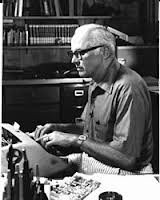
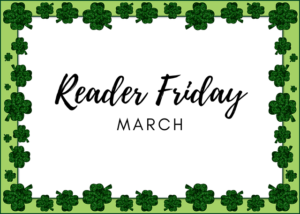




 Garry Rodgers is a retired homicide detective and coroner. Now, he’s reincarnated as an indie crime writer who’s left the dark side of Amazon exclusivity for the wide light of other publishing platforms like Kobo, Apple, and Nook.
Garry Rodgers is a retired homicide detective and coroner. Now, he’s reincarnated as an indie crime writer who’s left the dark side of Amazon exclusivity for the wide light of other publishing platforms like Kobo, Apple, and Nook.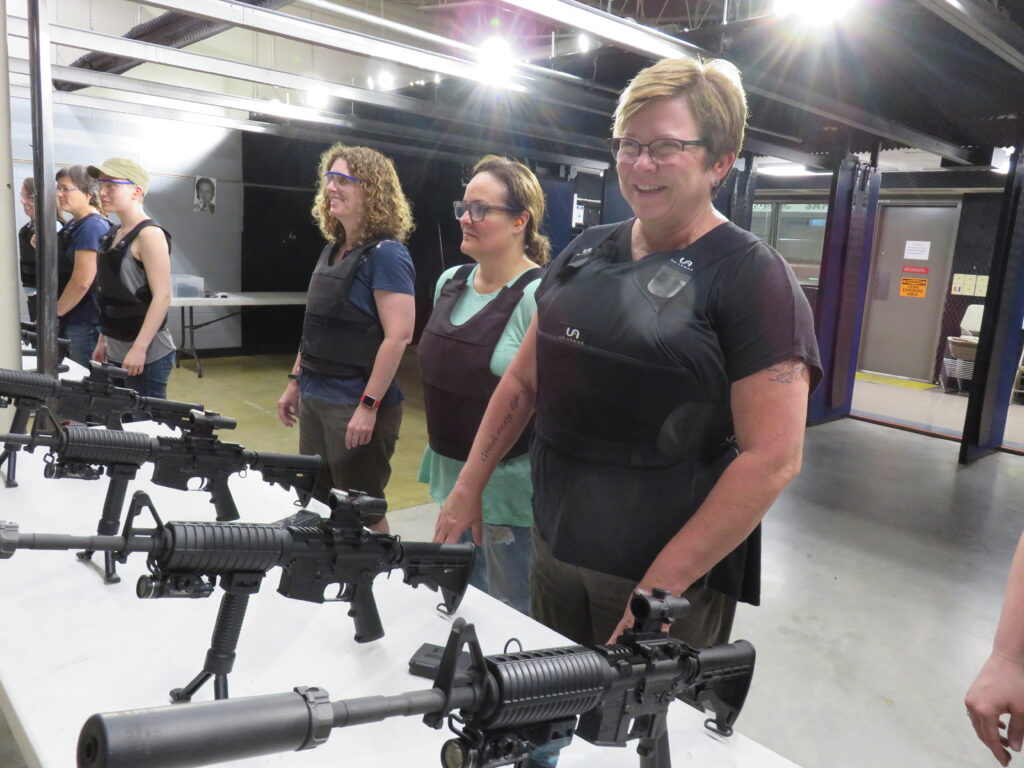
 A great example of this is in a current book I read a few weeks ago, where the main character “racked” a shotgun shell into the chamber of her rifle. A quick message to an expert, such as Kill Zone contributor and weapons expert John Gilstrap, and the writer would have learned that racking a shotgun shell into the chamber is an action used for shotguns, not rifles.
A great example of this is in a current book I read a few weeks ago, where the main character “racked” a shotgun shell into the chamber of her rifle. A quick message to an expert, such as Kill Zone contributor and weapons expert John Gilstrap, and the writer would have learned that racking a shotgun shell into the chamber is an action used for shotguns, not rifles.




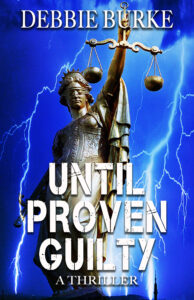


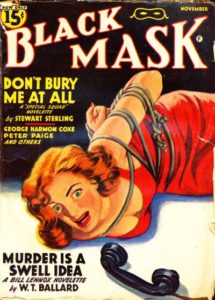 People want stories. I would argue people need stories. That’s how the great pulp writers made their living—providing fast-moving tales for readers who longed for escapism, especially during the Great Depression.
People want stories. I would argue people need stories. That’s how the great pulp writers made their living—providing fast-moving tales for readers who longed for escapism, especially during the Great Depression.